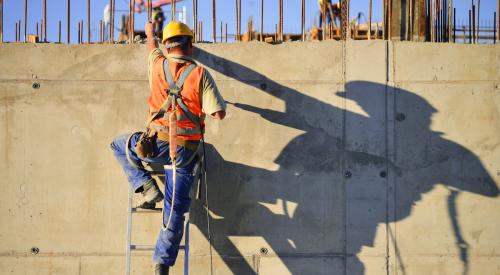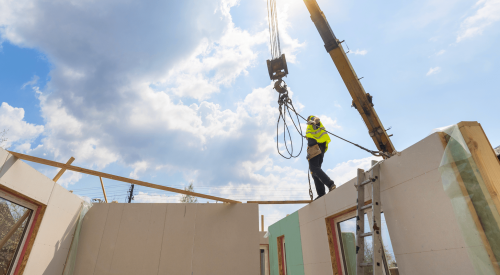Mired in a labor shortage and flat growth, the $10-trillion global construction business is an industry sector that may have the most to gain from automation and robotic technology.
A McKinsey report created a digitization index by comparing U.S. industries in 27 criteria, including how much each sector spends on technology and how heavily computers are used in operations. Businesses like media and information communications technology were the most digitized and showed the most productivity growth. Construction, however, posted a low digitalization score and a 1.5-percent decline in gross domestic product between 2005 and 2015.
Venture capitalist Marc Andreessen said at a recent Recode’s Code 2017 conference that his company, Andreessen Horowitz, is actively investing in robots and are interested in boosting productivity for the construction industry. Currently some construction companies are using drones for inspections and taking measurements and Wilhelm Construction in Indianapolis is the first construction manager in the world to own a SAM, a semi-automated mason, that laid 3,000 bricks during a nine and one-half hour workday on a Wilhelm job. A bricklayer can lay 400 brick a day, on average.
“I think the opportunity and the challenge for the tech industry and Silicon Valley is for us to figure out how to have a much bigger impact in the slow-growth sectors of the economy,” Andreessen said at Code.











